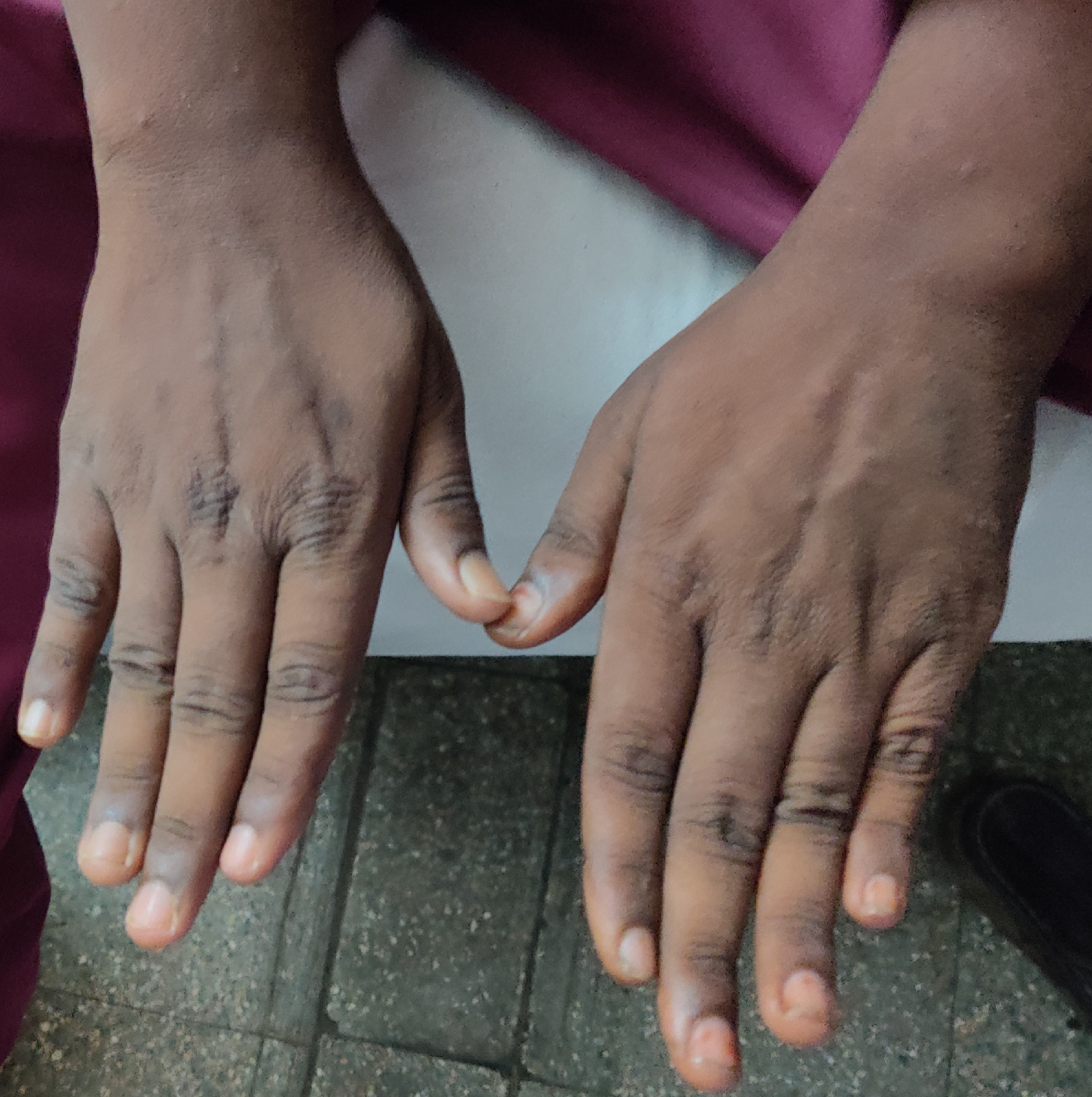OSCE
PREFINAL OSCE
Pathophysiology An uninjured healthy lung contains an intact respiratory epithelial layer and alveolar space patrolled by resident alveolar macrophages. Type I and type II pneumocytes contribute to regulation of alveolar contents, including surfactant, and maintain the integrity of the alveolar-capillary barrier. Following infection or injury, an influx of innate immune cells such as neutrophils and monocytes migrate from the circulation into the interstitial and alveolar spaces, • During respiratory distress, damage to the epithelial and endothelial layers results in breakdown of the alveolar-capillary barrier and accumulation of edematous fluid and debris in the alveolar spaces. Pro-inflammatory and destructive functions of alveolar macrophages, monocytes, and neutrophils contribute to disease pathology. • The consequence is the loss of alveolar-capillary barrier function. This disruption permits the accumulation of proteinaceous fluid in the alveolar space coupled with decreased compliance due to loss of surfactant. • In many cases, the severe hypoxemia necessitates life-supportive mechanical ventilation and the delivery of high concentrations of supplemental oxygen. Induced unconscious during mechanical ventilation Sedation has become an important part of critical care practice in minimizing patient discomfort and agitation during mechanical ventilation. Pain, anxiety, and delirium form a triad of factors that can lead to agitation weaning patient off of ventilator? Adequate cough No neuromuscular blocking agents Absence of excessive trachea bronchial secretions Reversal of underlying cause of respiratory failure -> Objective assessment: Stable cardiovascular status Heart rate <140 beats/min No active myocardial ischemia Adequate heamoglobin level >8g/dL Systolic blood pressure 90-160mmHg -> Adequate oxygenation: Tidal volume >5mL/kg Vital capacity >10mL/kg Proper Inspiratory effort Respiratory rate <35/min PaO2 >60mmHg, PCO2 <60mmHg No significant respiratory acidosis |


Comments
Post a Comment